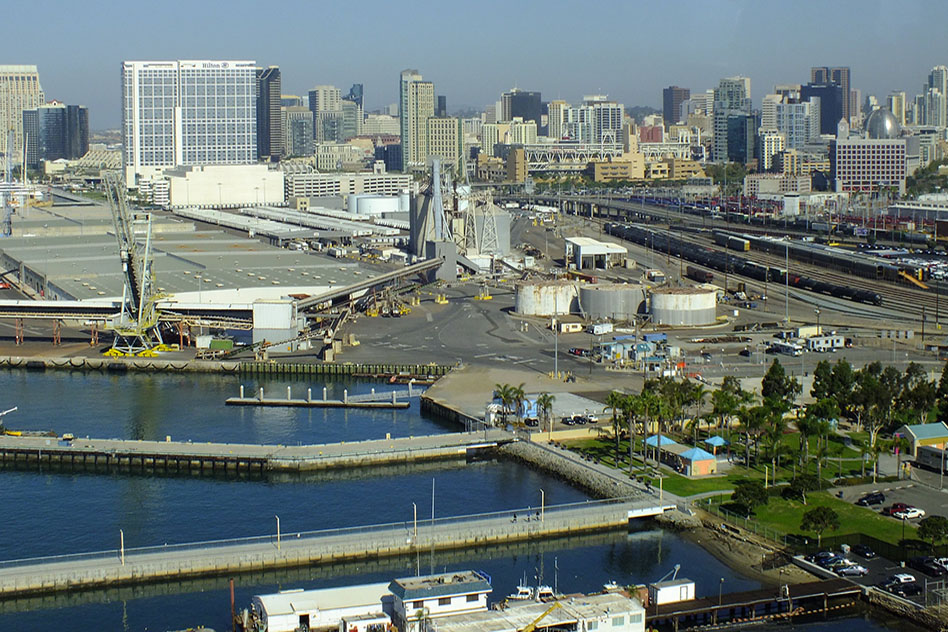
From the abstract:
Changes in temperature, precipitation, sea level and coastal storms will likely increase the vulnerability of infrastructure across the USA. Using models that analyze vulnerability, impacts and adaptation, this paper estimates impacts to railroad, roads, and coastal properties under three infrastructure management response scenarios: No Adaptation; Reactive Adaptation, and Proactive Adaptation. Comparing damages under each of these potential responses provides strong support for facilitating effective adaptation in these three sectors.
Under a high greenhouse gas emissions scenario and without adaptation, overall costs are projected to range in the $100s of billions annually by the end of this century. The first (reactive) tier of adaptation action, however, reduces costs by a factor of 10, and the second (proactive) tier reduces total costs across all three sectors to the low $10s of billions annually. For the rail and road sectors, estimated costs for Reactive and Proactive Adaptation scenarios capture a broader share of potential impacts, including selected indirect costs to rail and road users, and so are consistently about a factor of 2 higher than prior estimates.
The results highlight the importance of considering climate risks in infrastructure planning and management.
Read the paper in the journal Climatic Change
Co-authors affiliated with the MIT Joint Program on the Science of Global Change:
Kenneth Strzepek and Charles Fant, co-authors
Photo: View from SF Bay Bridge (Source: Flickr/ Chris Parker)

